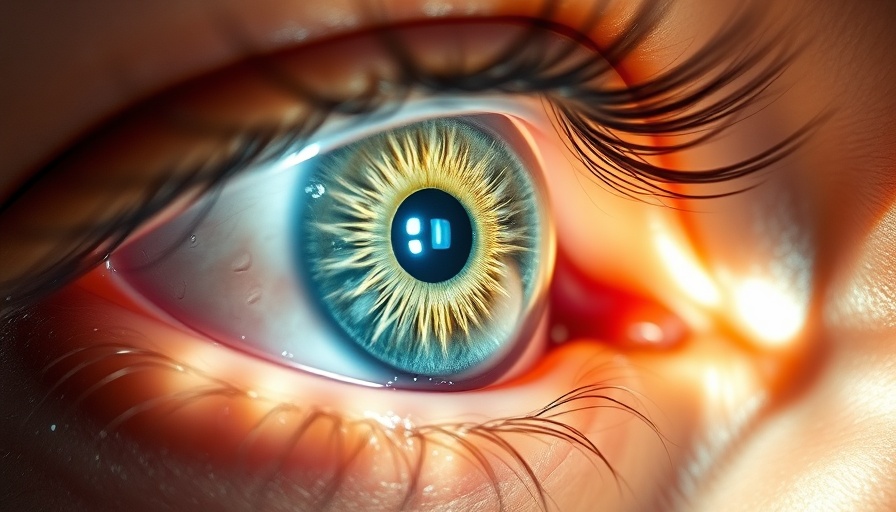
Emerging Concerns About Vision Loss Linked to Weight Loss Drugs
Researchers have recently identified a troubling association between popular weight loss medications—particularly semaglutide (known from brand names like Ozempic and Wegovy) and tirzepatide (marketed as Mounjaro and Zepbound)—and serious eye conditions, sparking conversations around what some are referring to as "Ozempic blindness." This term signifies sudden vision loss episodes experienced by some users of these medications, which were initially celebrated for their efficacy in managing weight and blood sugar levels.
Understanding the Risks: What is Ozempic Blindness?
This newfound condition isn't just a sensational title; studies have paved the way for concern by linking these GLP-1 receptor agonists with an increased risk of serious eye issues. A recent examination published in JAMA Ophthalmology highlighted nine patients who faced severe vision changes after using these drugs. Among the patients, seven suffered from non-arteritic ischemic anterior optic neuropathy (NAION), a potentially irreversible condition that results from blood flow being blocked to the optic nerve.
Analyzing the Study Findings: What the Data Shows
The latest findings are not isolated. Earlier research indicated similar patterns, emphasizing the need for caution among prospective users. A prior study released in July signaled that individuals with diabetes taking semaglutide were significantly more at risk of developing NAION—over four times more than those not on the medication. With estimates suggesting thousands of new NAION cases emerge annually, these findings prompt serious reflection among users and caregivers alike.
What Experts Are Saying: A Balanced Perspective
Despite the alarming implications, experts like Dr. Andrew Lee from the American Academy of Ophthalmology express caution against declaring these conditions as a direct side effect of the medications. Instead, they stress the importance of continuing the use of these weight loss drugs under proper medical advisement, as they can provide substantial benefits, particularly for those battling obesity and related health issues.
The Mechanism Behind Vision Changes: Hypotheses Explored
Understanding why these medications may affect vision is crucial. According to Dr. Bradley Katz, the lead researcher on recent studies, shifting blood sugar levels after taking GLP-1 agonists could contribute to optic nerve swelling and subsequently to vision complications. Rapid blood sugar changes may result in osmotic shifts that exacerbate existing diabetic eye conditions, leading to increased severity of visual impairment in individuals predisposed to eye issues.
Advice for Patients: What to Do Next
For individuals currently prescribed these drugs, experts emphasize communication with healthcare providers regarding any vision changes. Users should not panic but rather consult an ophthalmologist if noticeable changes occur. Moreover, considering an eye exam before starting these medications might be prudent for specific individuals at risk, ensuring that any underlying issues can be monitored effectively.
The Bigger Picture: Navigating Medication Benefits and Risks
While the association between weight loss medications and vision issues is concerning, it is essential to approach this information with a balanced view. Millions rely on medications like semaglutide for weight control and managing diabetes; therefore, determining the overall risk to benefit ratio should be a personalized decision made in collaboration with healthcare professionals.
Conclusion: Staying Informed and Proactive
As research in this area continues to unfold, keeping abreast of updates regarding the potential side effects of GLP-1 medications is vital. Users and their healthcare providers must remain vigilant, ensuring that any potential risks are identified and managed appropriately. If you or a loved one are using or considering these medications, consult with your doctor, weigh the benefits against potential risks, and prioritize your health.
 Add Row
Add Row  Add
Add 




Write A Comment